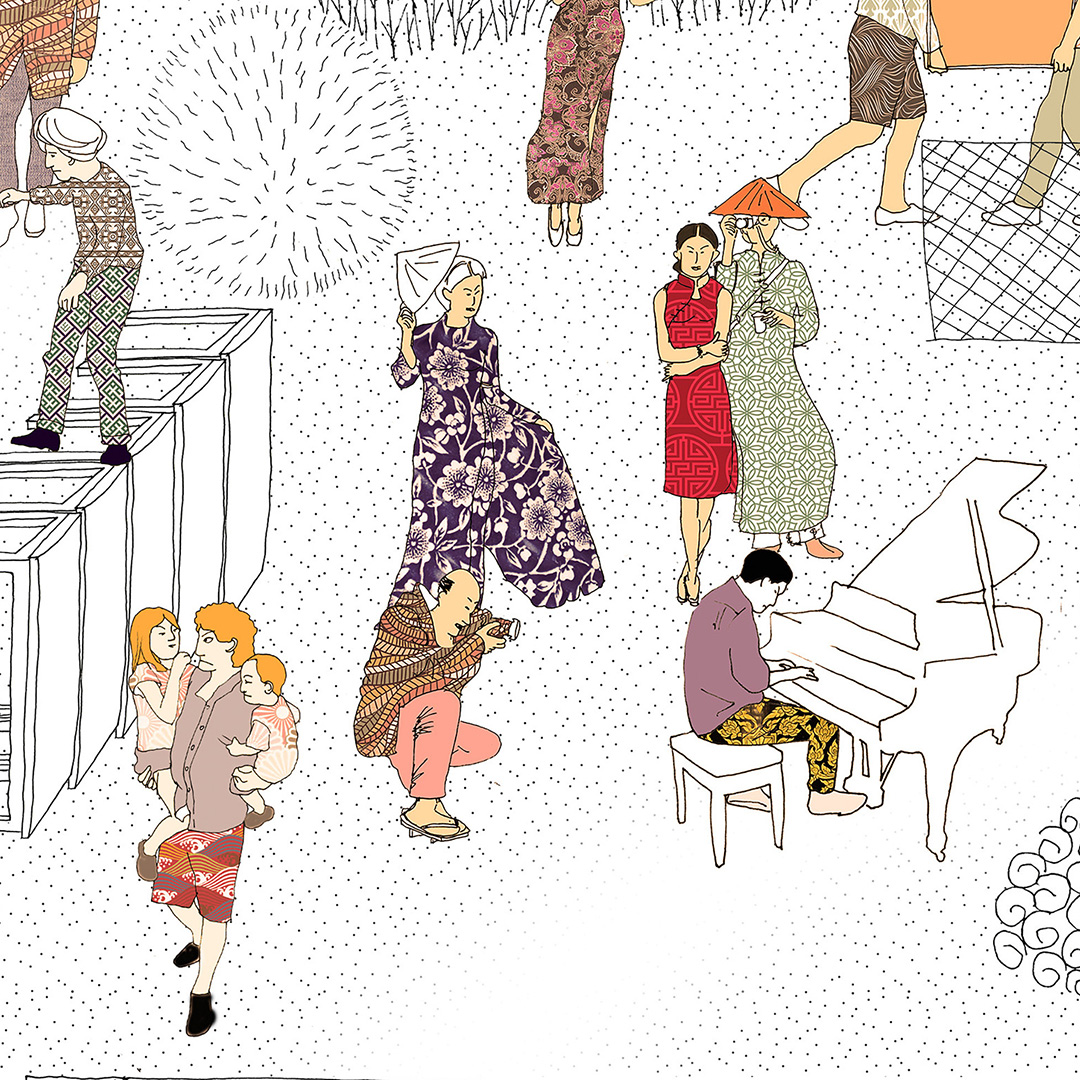second prize, Think Public Space Architectural and Urbanistic Competition \ 2015
collaborators: Pengfei Du, Yan Luo, Neal Qiongyu Li, Daichi Yamashita
In European cities, public spaces have been central to the life and evolution of urban space for millennia. As spaces of visibility and sociability, and bounded by a mutual agreement of being shared between everyone, squares, forums, piazzas and parks allow people of different backgrounds to interact with one another and to negotiate their coexistence in the city. Urban space is an ongoing production of relations between strangers. Open to spontaneous encounters, parks and other open public spaces are one of the few places where invisible boundaries may be temporarily contested. Through this appropriation, the very boundaries of the commons are made tangible. Today, this possibility is more important than ever, and this project explores the concept of the park as an open public space, simultaneously full and void.
Once upon a time, there was a park in the middle of the city. As the only open space within the densely built-up urban landscape, the park had played a central role in public life since its establishment. It was regularly crowded with people engaged in various activities, yet there was always space for everyone—or so it seemed.
At a certain moment in time, the country’s population began to decline. At first this did not cause alarm, as people were certain of its momentary nature, but eventually the issue could no longer be ignored. Therefore, it became necessary to reform the country’s stringent immigration policies. In addition to those who arrived from the remote areas of the countryside, millions of foreigners were allowed to settle in the city. They brought with them different languages, traditions and beliefs, forever changing the cultural landscape.
During this time, with few other public spaces available, the park became an informal gathering place for many different groups. Such gatherings were at first temporary, but they gradually increased in number and permanence. The groups began to collide and conflicts escalated, threatening the integrity of society.
Responsible for taking care of the park, the park board soon faced a dilemma about what activities should or should not be allowed there. After much consideration, the board made an unprecedented decision. A wall was built around the park.
The wall was designed to preserve the park as the ultimate form of common space. After its completion, the interiority of the park and the exteriority of the city were no longer continuous, and each took on a life of its own. City without park. Park without city.
Over the years, both the original intention behind the creation of the park and the reasons for the building of the wall were forgotten. Yet the continued existence of the wall, and behind it, the now unknown space of the park, allowed interior and exterior to remain conjoined in one particular way. Concealed from view, the park became the shared subject of imagination for the city’s inhabitants.
A white space, a collective void—the park forever prompts the question about what people have in common.







